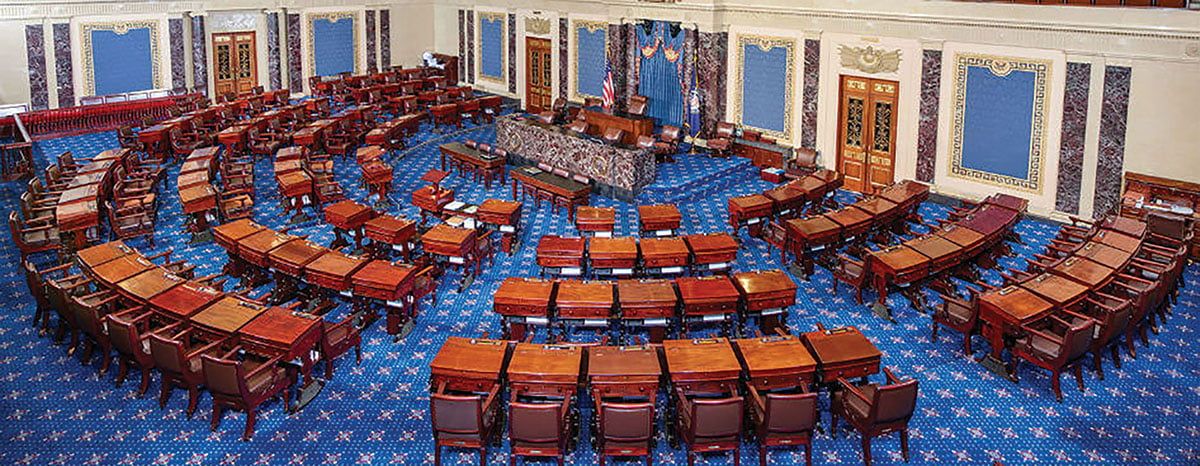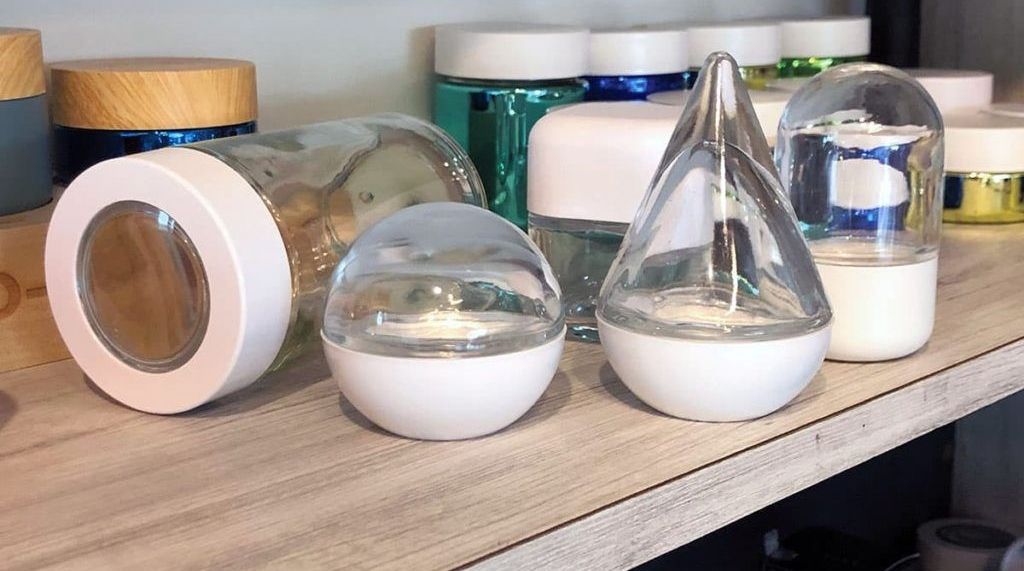Company: Med Pharm | Location: Broken Arrow, Oklahoma | Sector: Retail
Denise Mink admits she and her husband knew little about the cannabis industry when they opened Med Pharm dispensary in Broken Arrow, Oklahoma, in December 2018.
“What we didn’t know is shocking actually,” Mink conceded. “We had to learn the hard way. So we decided we’re just going to run this like a retail business that we would want to shop in.”
In a market that boasts thousands of licensed businesses, Med Pharm found success by offering extensive product variety, generous discounts and customer service.
The couple also surrounded themselves with employees who were familiar with the marijuana industry and leveraged what they knew to build one of the busiest dispensaries in one of the country’s most competitive markets. Through early October, Med Pharm had roughly 7,500 patients—and the numbers are growing quickly.
Saturated markets require marketing to help businesses stand out
People told Mink that her dispensary would attract patients no matter what, so it would be “stupid” to waste money on marketing.
But in such a saturated market with so many competitors, Mink felt “there was no choice.”
“To me, that’s not good business,” she said. “There are so many dispensaries, we felt like we had to market.”
Mink already had three billboards to promote her real estate business. Once Med Pharm launched, she changed them to advertise the dispensary, making hers the first marijuana store in town with such signage. She also rented a double-sided electronic billboard located on a main street lined with several of her competitors as well as a one-sided electronic billboard along a major highway near the dispensary itself.
The electronic billboards can be changed at will, allowing Mink to advertise daily specials, new products or Med Pharm’s drive-thru window whenever she wants.
The two electronic billboards cost $1,500 per month, while the three regular billboards cost $2,100 per month.
Med Pharm also was the first dispensary in the state to run television and radio commercials, buying airtime through a local affiliate of the Cox Media Group.
In March, when the coronavirus pandemic erupted in the United States, Med Pharm pulled its radio ads and sank the money into more television advertising. Mink figured that during the pandemic, more people would be home watching television than in their cars or offices listening to radio.
Med Pharm also posts daily on social media, garnering about 5,000 Facebook followers and roughly 10,500 on Instagram. Including some print advertising, Mink estimated that Med Pharm spends $10,000-$11,000 per month on marketing.
“That’s well worth it, because I know the money that we make,” Mink said.
Product variety is good but requires discounts and careful inventory management
Mink attributes Med Pharm’s success to offering a wide product selection, but she noted the company has made inventory-management “mistakes” along the way.
“I cost us a lot of money in 2019, I felt, just by foolish purchases,” Mink said.
Mink wasn’t immediately aware of bulk-buying options to decrease product purchase costs. When she did start buying in bulk, Mink often bought too much of some products, some of which would expire before she could sell them.
“That was a hard lesson. The first time we had to dispose of something, it was like burning money,” Mink said, adding that the risk of expiration before sale is greater with edibles than with flower and vapes. Entrepreneurs also need to make sure products are proven winners with customers before buying too many.
“It was a learning process to figure out what works in my dispensary,” Mink said.
Med Pharm figured out the right balance by investing in a point-of-sale system to see what products sold and also spent time on the sales floor mining customers for feedback.
Offering multiple specials daily is another key to Med Pharm’s strategy of getting customers to visit its website frequently. Most specials offer about 30% off, Mink said.
“We make a tiny bit of money on our specials. I don’t lose money, but if everything would have that level of profit margin built in, we wouldn’t be making it. So we have profit margins on pretty much everything else, but it is competitive,” Mink said.
One awesome location is better than two meh locations
The success has spawned phone calls from landlords wooing Med Pharm to open a second location—often at good terms. So far, the company has resisted the temptation to expand.
“We are owners who are at the store every single day,” Mink said. “We are one reason why it’s been successful—because we are able to talk to our customers and they see us here and we can see what’s going on. If we had another location, we wouldn’t be here. We would be there. And then what would happen to this location?”
Instead, Mink and her husband, Christopher, focused on making their current location the best dispensary it can be. They expanded the parking lot, increased drive-thru traffic from five or six cars per day to roughly 100 cars per day on weekends. And now they’re installing an on-premises “canna-kitchen” that will make and sell fresh-made infused products that customers can take home.
Mink expects constructing the kitchen will cost between $40,000 and $50,000, but she said the investment will be worth it because it will attract patients.
“The hope is the kitchen will draw people and get them to try and buy other products in the store,” she said.
NEXT: Siren





